How AI & Automation Are Reshaping Intralogistics
Published: 2025-09-15
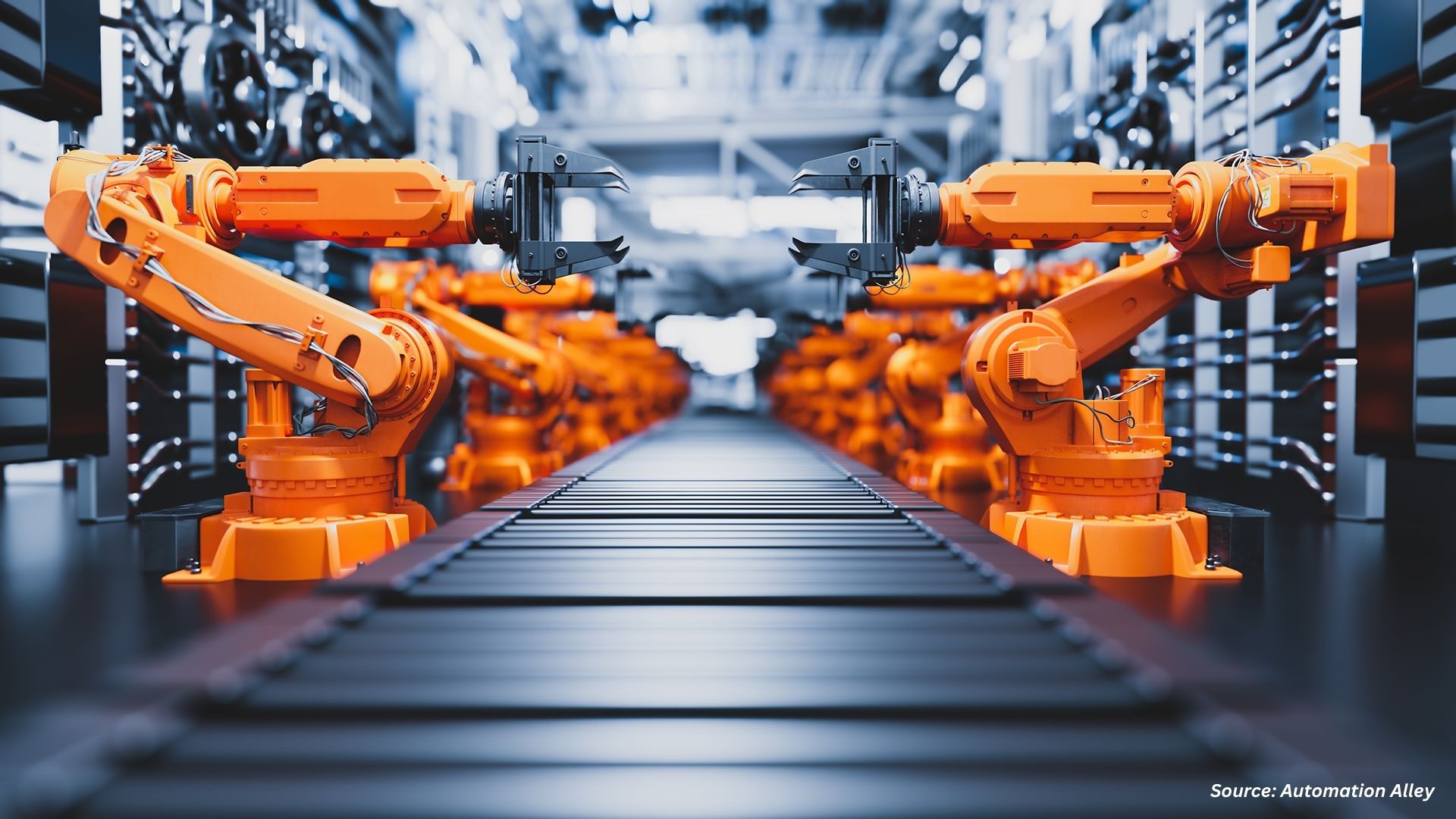
Introduction
Intralogistics is a fundamental aspect of modern supply chain management that deals with the complex coordination of internal logistics processes in warehouses and distribution centers. The evolving need for enhanced efficiency, precision, and speed is propelling a significant shift in the intralogistics landscape, fueled by the emergence of advanced technologies. From artificial intelligence (AI) to robotics and the Internet of Things (IoT), a diverse range of state-of-the-art innovations is transforming warehouse operations and streamlining processes. According to the latest report by NMSC, the global intralogistics market reached USD 43.13 billion in 2023 and it is estimated to hit USD 115.92 billion by 2030, with a CAGR of 15.2% from 2023-2030.
This blog delves into the leading emerging technologies revolutionizing intralogistics, exploring their practical applications, benefits, and potential impact on future warehouse management. This includes:
Warehouse Management Systems (WMS): WMS serve as the cornerstone of efficient intralogistics operations. These advanced software platforms integrate various aspects of warehouse management, including inventory tracking, order processing, picking, packing, and shipping. By providing real-time visibility and control over warehouse operations, WMS empowers businesses to streamline processes, minimize errors, and enhance customer satisfaction.
As an example, Hy-Tek Intralogistics unveiled its IntraOne Enterprise Logistics Platform at ProMat23, including full-stack software and automation. The platform's core Full-Stack Software combines Warehouse Management, Conveyor Control, and Warehouse Execution functionalities, offering tailored features for inventory management, order picking, and storage optimization to drive supply chain efficiency and support organizational growth.
Internet of Things (IoT): IoT is revolutionizing intralogistics by connecting physical devices and assets within the warehouse environment. Through the deployment of sensors, RFID tags, and beacons, IoT enables real-time tracking, monitoring, and data collection of inventory, equipment, and vehicles. This wealth of data facilitates optimization efforts, improves asset utilization, and enables predictive maintenance, ultimately driving operational efficiency and cost savings.
Notably, SSI SCHAEFER leads the way in intralogistics with 5G integration, driving innovation and connectivity. Their use of 5G at the Technology Center in Giebelstadt enables seamless roaming, enhanced connectivity, and optimized processes across the supply chain. This strategic move revolutionizes intralogistics, improving system control and ushering in the IoT era through machine-to-machine communication, ushering in the era of IoT in the logistics sector.
Autonomous Mobile Robots (AMRs): AMRs are transforming warehouse operations by automating material handling tasks such as goods-to-person picking, transportation, and inventory replenishment. Equipped with advanced navigation and obstacle avoidance systems, AMRs navigate autonomously through warehouse environments, reducing labor costs, increasing throughput, and enhancing workplace safety.
For instance, Boston Dynamics developed Stretch, a mobile robot engineered to streamline box-moving operations within warehouses and distribution centers. With its mobile base, Stretch autonomously navigates to locations requiring repetitive box lifting tasks, including unloading trucks, palletizing boxes, and order fulfillment. Stretch, from Boston Dynamics, embodies decades of robotics expertise, offering a versatile solution for warehouse automation, seamlessly adaptable to diverse environments.
Artificial Intelligence (AI) and Machine Learning (ML): AI and ML are empowering warehouses with predictive analytics, demand forecasting, and intelligent decision-making capabilities. By analyzing vast amounts of data, AI algorithms identify patterns, optimize inventory levels, and predict future demand trends. Additionally, AI-driven automation streamlines processes, improves order accuracy, and enables proactive maintenance, driving operational excellence and competitive advantage.
For example, Vanderlande offers AI technology for its automated order picking, storage, unloading and palletising robotic solutions while collaborating with Fizyr. This AI technology is integrated with the company’s Smart Item Robotics (SIR) product to handle the large variety of items common to the warehouse, parcel and airports markets.
Augmented Reality (AR) and Virtual Reality (VR): AR and VR technologies are revolutionizing warehouse training, operations, and maintenance. AR overlays digital information onto the physical environment, providing warehouse workers with interactive instructions for tasks such as picking, packing, and inventory management. VR, on the other hand, enables immersive training simulations and virtual walkthroughs of warehouse layouts, enhancing worker proficiency, safety, and efficiency.
Back in 2023, Cimcorp introduced the CVision Assisted Reality (AR) glasses to offer assistance to its customers in real-time, without the need to travel or arrange on-site meetings. With the help of this AR glasses company’s experts, customers will benefit in minimizing unplanned downtime and maximizing the performance of their automated intralogistics solutions.
3D Mapping: 3D mapping transforms intralogistics by leveraging advanced scanning technologies such as light detection and ranging (LiDAR) and photogrammetry to generate detailed spatial data of warehouse layouts. These maps optimize storage, streamline material flow, and facilitate the implementation of automation, ensuring efficient operations and maximizing space utilization.
Recently, Slamcore launched Slamcore Aware that integrates vision into Real-Time Location Systems (RTLS), boosting efficiency and safety in industrial and warehouse environments. By combining Slamcore SDK with industrial-grade hardware, it enables quick installation on intralogistics vehicles and seamless integration with new or existing RTLS systems. Leveraging AI, Slamcore Aware perceives and classifies individuals and vehicles, offering valuable data to optimize operations and enhance safety.
Blockchain: Blockchain technology offers unprecedented transparency, traceability, and security in intralogistics operations. By establishing tamper-proof, decentralized ledgers, blockchain enables seamless tracking and verification of goods, transactions, and contracts within the supply chain network. This enhances trust, reduces fraud, and ensures compliance, paving the way for more resilient and efficient warehouse management. As per Gartner, the business value contribution of blockchain is projected to reach over USD 176 billion by 2025 and is forecasted to surpass USD 3.1 trillion by 2030.
In conclusion, Intralogistics is the linchpin of modern supply chain management undergoing a seismic transformation fueled by advanced technologies. From the foundational Warehouse Management Systems (WMS) to the cutting-edge integration of Internet of Things (IoT) and Artificial Intelligence (AI), warehouses are witnessing unprecedented levels of efficiency and optimization. Autonomous Mobile Robots (AMRs) such as Boston Dynamics' Stretch are redefining material handling, while AI-driven solutions such as Vanderlande's Smart Item Robotics (SIR) enhance order picking accuracy. Augmented Reality (AR) and Virtual Reality (VR) technologies are revolutionizing training and maintenance, exemplified by Cimcorp's CVision AR glasses. Furthermore, Slamcore's integration of vision into Real-Time Location Systems (RTLS) sets new standards for safety and efficiency in warehouse environments. As intralogistics continues to evolve, these technologies are shaping the future of warehouse management, driving productivity and innovation across the supply chain.
About the Author
 Shyam Gupta is a passionate and highly enthusiastic researcher with over four years of experience. He is dedicated to assisting clients in overcoming challenging business obstacles by providing actionable insights through exhaustive research. Shyam has a keen interest in various industries, including ICT & Media, Digital Transformation, and Telecoms & Internet. He consistently endeavors to deliver valuable perspectives in these areas. In addition to his research work, Shyam enjoys sharing his thoughts and ideas through articles and blogs. During his leisure time, he finds solace in the world of literature and art, often engrossed in reading and expressing his creativity through painting.
Shyam Gupta is a passionate and highly enthusiastic researcher with over four years of experience. He is dedicated to assisting clients in overcoming challenging business obstacles by providing actionable insights through exhaustive research. Shyam has a keen interest in various industries, including ICT & Media, Digital Transformation, and Telecoms & Internet. He consistently endeavors to deliver valuable perspectives in these areas. In addition to his research work, Shyam enjoys sharing his thoughts and ideas through articles and blogs. During his leisure time, he finds solace in the world of literature and art, often engrossed in reading and expressing his creativity through painting.
About the Reviewer
 Sanyukta Deb is a seasoned Content Writer and Team Leader in Digital Marketing, known for her expertise in crafting online visibility strategies and navigating the dynamic digital landscape. With a flair for developing data-driven campaigns and producing compelling, audience-focused content, she helps brands elevate their presence and deepen user engagement. Beyond her professional endeavors, Sanyukta finds inspiration in creative projects and design pursuits.
Sanyukta Deb is a seasoned Content Writer and Team Leader in Digital Marketing, known for her expertise in crafting online visibility strategies and navigating the dynamic digital landscape. With a flair for developing data-driven campaigns and producing compelling, audience-focused content, she helps brands elevate their presence and deepen user engagement. Beyond her professional endeavors, Sanyukta finds inspiration in creative projects and design pursuits.
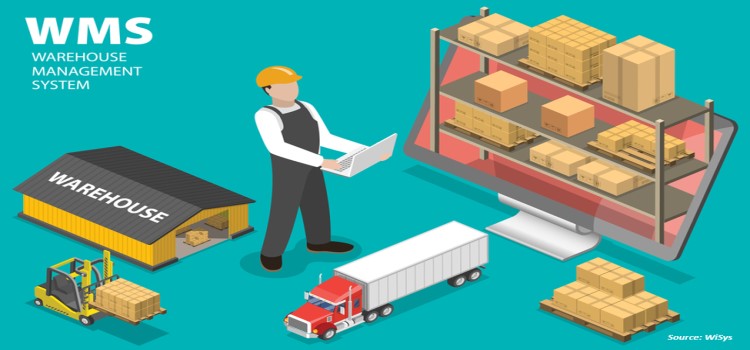
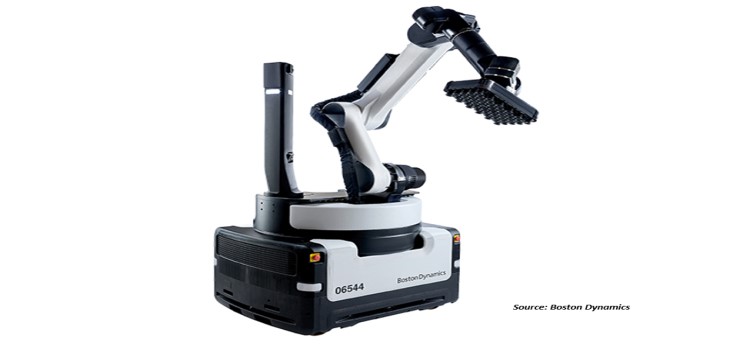








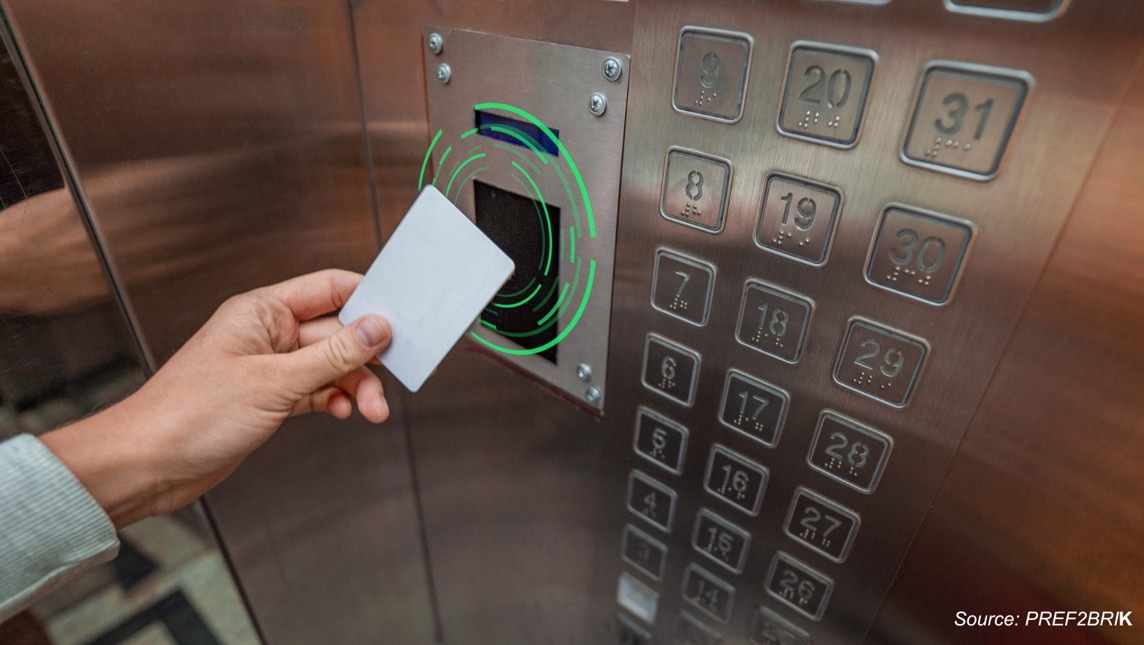

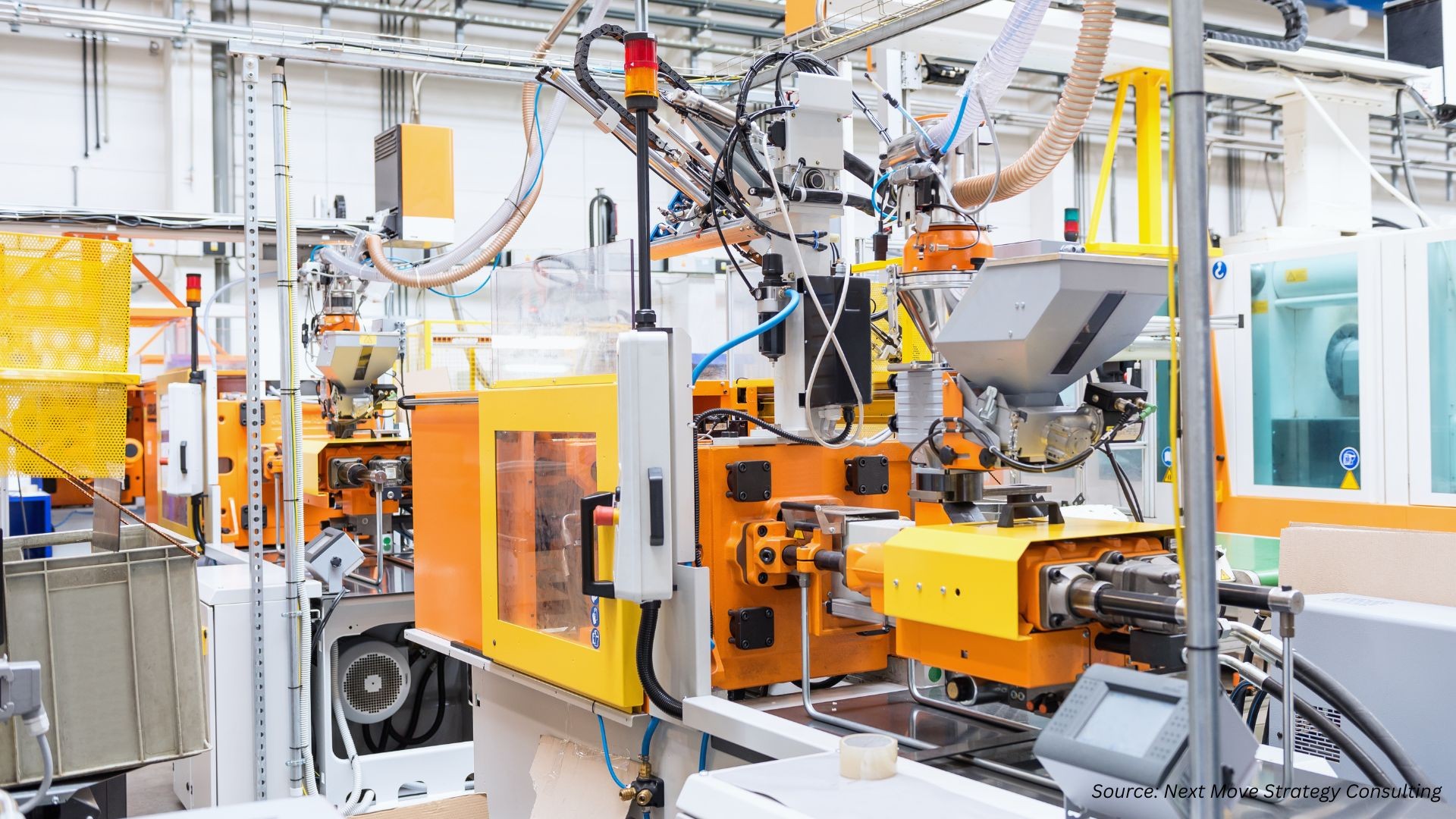




Add Comment